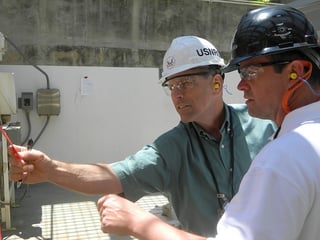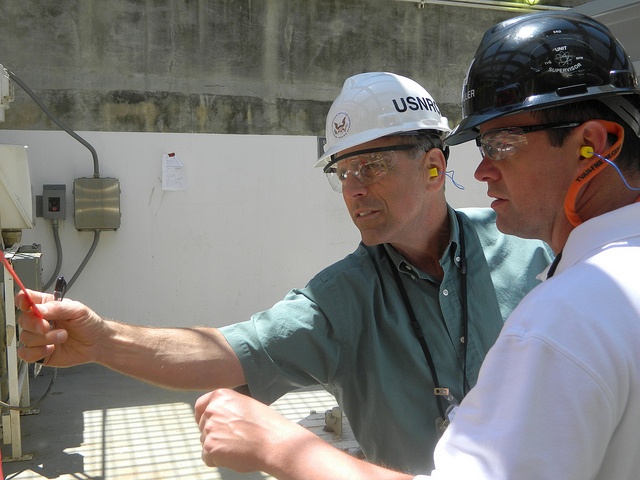Have you ever tried out a restaurant, and before you even order, you form a bad impression?
Maybe the hostess isn’t friendly, or the place looks dirty, or it takes forever to be waited on. Whatever it is, you’re suddenly not feeling very good about your decision to dine there. Perhaps you caught them on a bad day, but they don’t seem like they’re ready to please customers.
You’re now in a critical mood, and the food’s going to have to be really good to overcome that initial dissatisfaction.
 The same dynamic occurs when regulatory inspectors (e.g., OSHA) visit workplaces or job sites to perform safety compliance inspections. They’re professionals, but they’re human, and If their initial impression is a bad one, it can negatively impact how they inspect your premises. Like a customer entering a restaurant for the first time, you want to impress regulators and make them feel welcome.
The same dynamic occurs when regulatory inspectors (e.g., OSHA) visit workplaces or job sites to perform safety compliance inspections. They’re professionals, but they’re human, and If their initial impression is a bad one, it can negatively impact how they inspect your premises. Like a customer entering a restaurant for the first time, you want to impress regulators and make them feel welcome.
Don’t get the wrong idea. Making a good first impression isn’t about kissing up and sweeping problems under the rug. Making a good first impression with regulators and having a solid safety compliance program should go hand-in-hand—just as excellent customer service and outstanding food do in five-star restaurants. The impression you give regulators shouldn’t be a mirage; it should genuinely reflect a commitment to safety.
Nonetheless, there are some specific things you can do to get regulatory inspectors on your side from the beginning of an inspection.
1. Do your own safety audits and inspections.
Voluntary safety audits and inspections—from regular equipment inspections to job-site risk assessments to safety audits of entire facilities—demonstrate to regulators that your organization “gets it” when it comes to safety. If it’s obvious you’re checking yourself, regulators will be pleased.
This is only one of the many business benefits of voluntary audits, inspections and other safety initiatives, but it’s a nice one to have when regulators show up at your door!
2. Have all your safety documentation readily available.
Regulatory inspectors will want to see documentation of items such as:
- Safety and health policies, including your safety manual
- Safety training
- Equipment inspection records
- A history of injuries and illnesses
- Results of any self-audits that have been conducted
- Any proactive steps taken to abate hazards
- Steps taken to correct previous violations.
You’ll need to have this documentation archived, organized, and ready for quick dissemination to regulators. You’re not going to look like you’re on top of safety if you have to scramble to find these items or can’t locate some of them.
Having all these records readily available in the proper form is possible using manual paper documentation and spreadsheets, but organizations are increasingly choosing to use more cost-effective software solutions, such as The Checker Software. Audit/inspection software can not only increase the efficiency of your self-inspecting, it can significantly lower the labor cost of managing safety data, as well as make it much easier and faster to provide regulators with the information they want.
3. Be friendly with regulatory safety inspectors—you’re on the same side!
Politeness and a friendly attitude go a long way toward making a regulatory inspection a positive experience. It’s not smart to make inspectors feel like they’re intruding on your territory and needlessly inconveniencing you. And why would you want to do that anyway? After all, you both have the same goal—to promote safety in the workplace.
When you treat regulators as teammates in the fight against occupational injuries, they’re much more likely to treat you in that way as well. Even the most diligent organizations can sometimes have lapses, and regulators often are faced with judgment calls about whether to simply make a comment, provide a written warning, or cite you. In such situations, you want them thinking about you as a teammate, not as an antagonist.
Takeaway
The best preparation for a regulatory safety compliance inspection is to have an ongoing, proactive safety program that includes voluntary self-inspections and safety audits. That way, you can be confident you’re in compliance. But even the safest of companies can benefit from impressing inspectors by having all their safety documentation readily available for review when inspectors show up. Treating inspectors cordially and with respect also doesn’t hurt!











